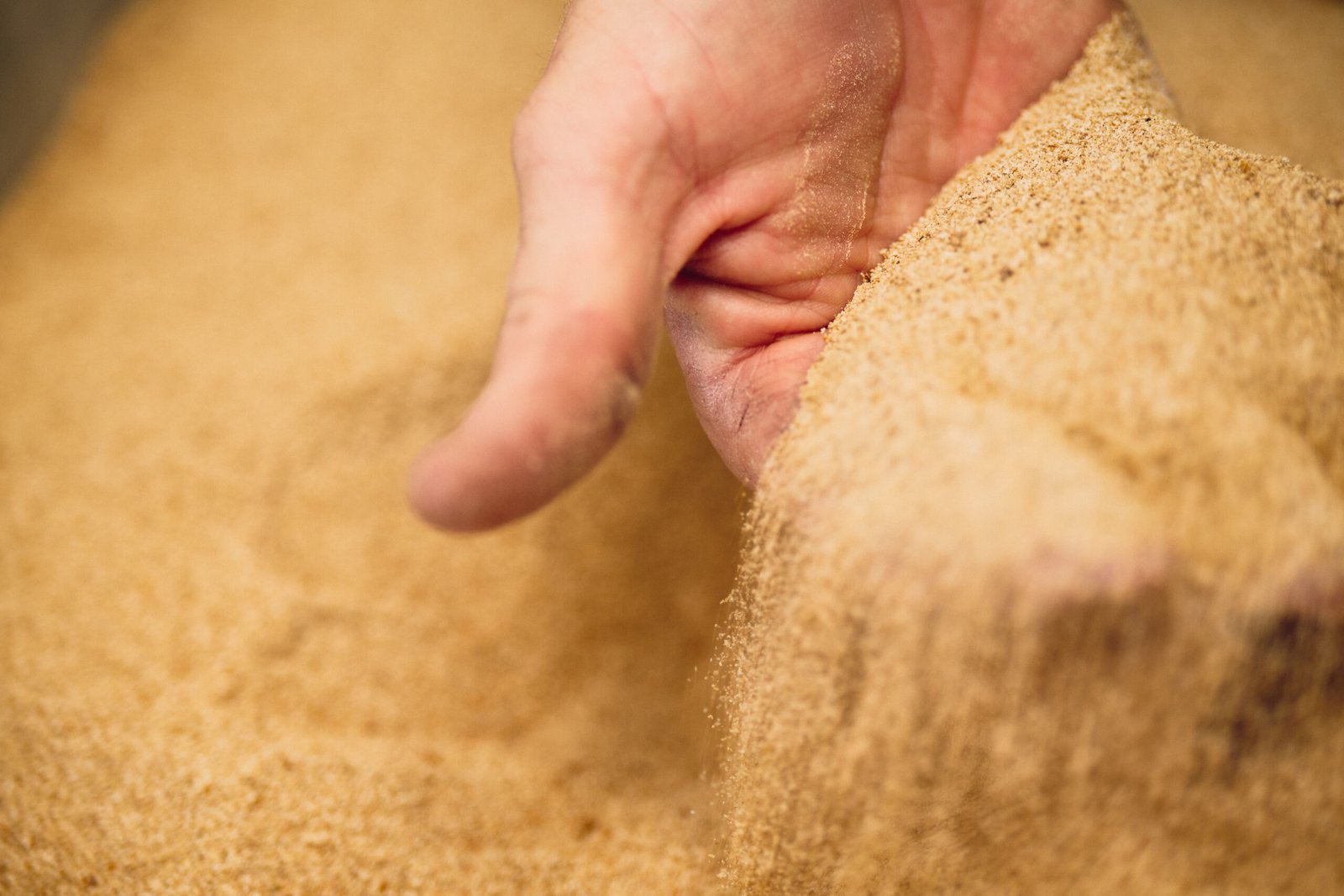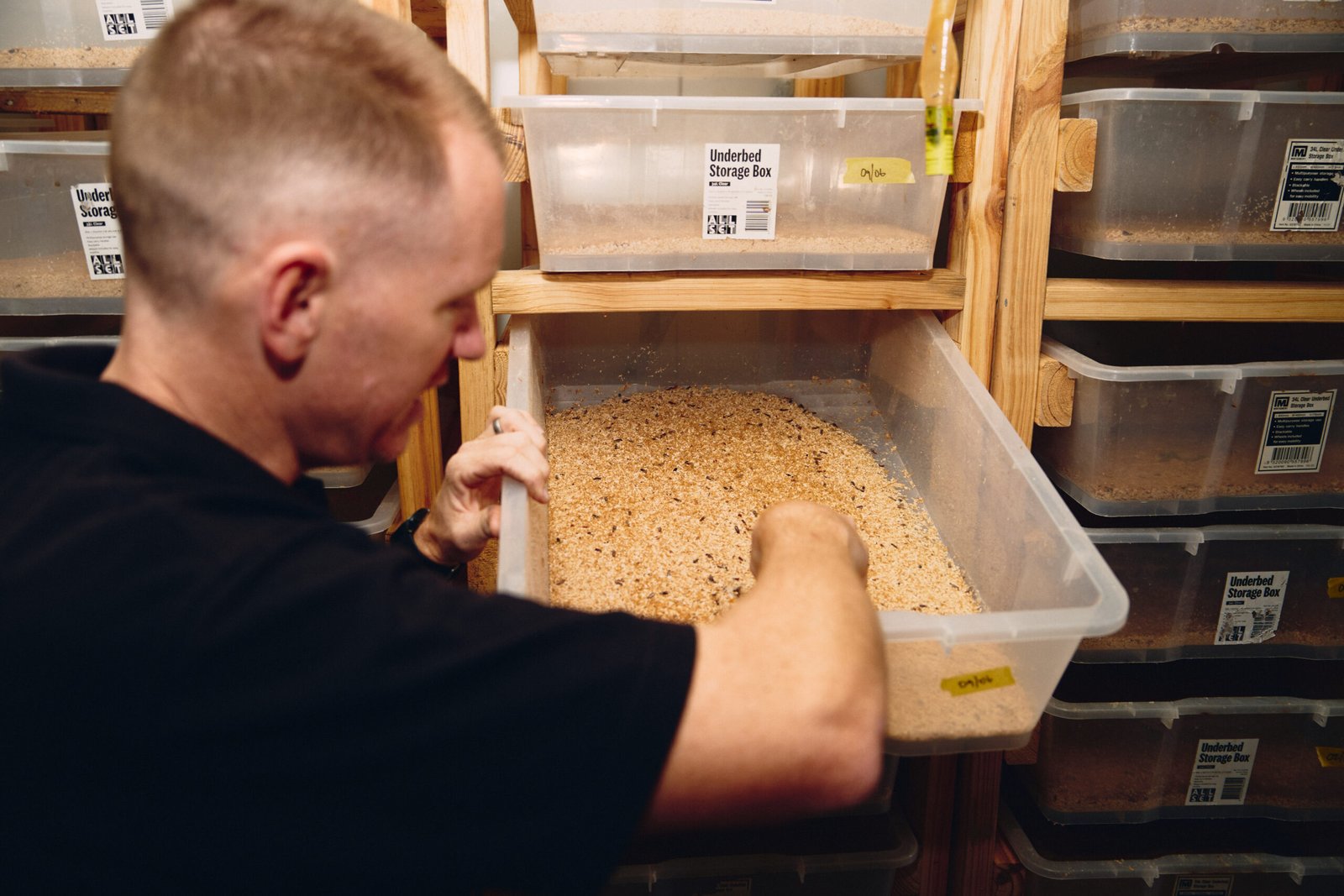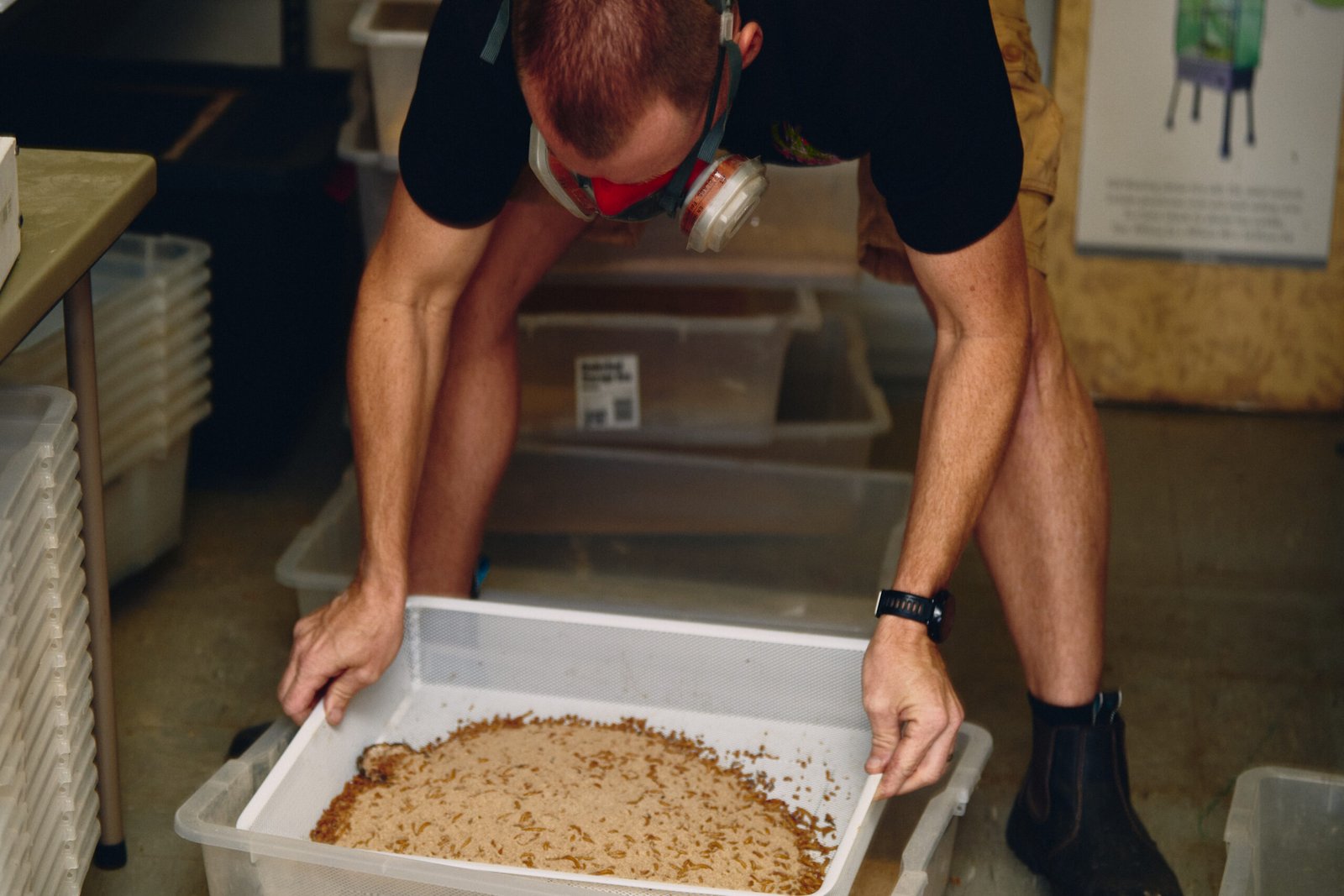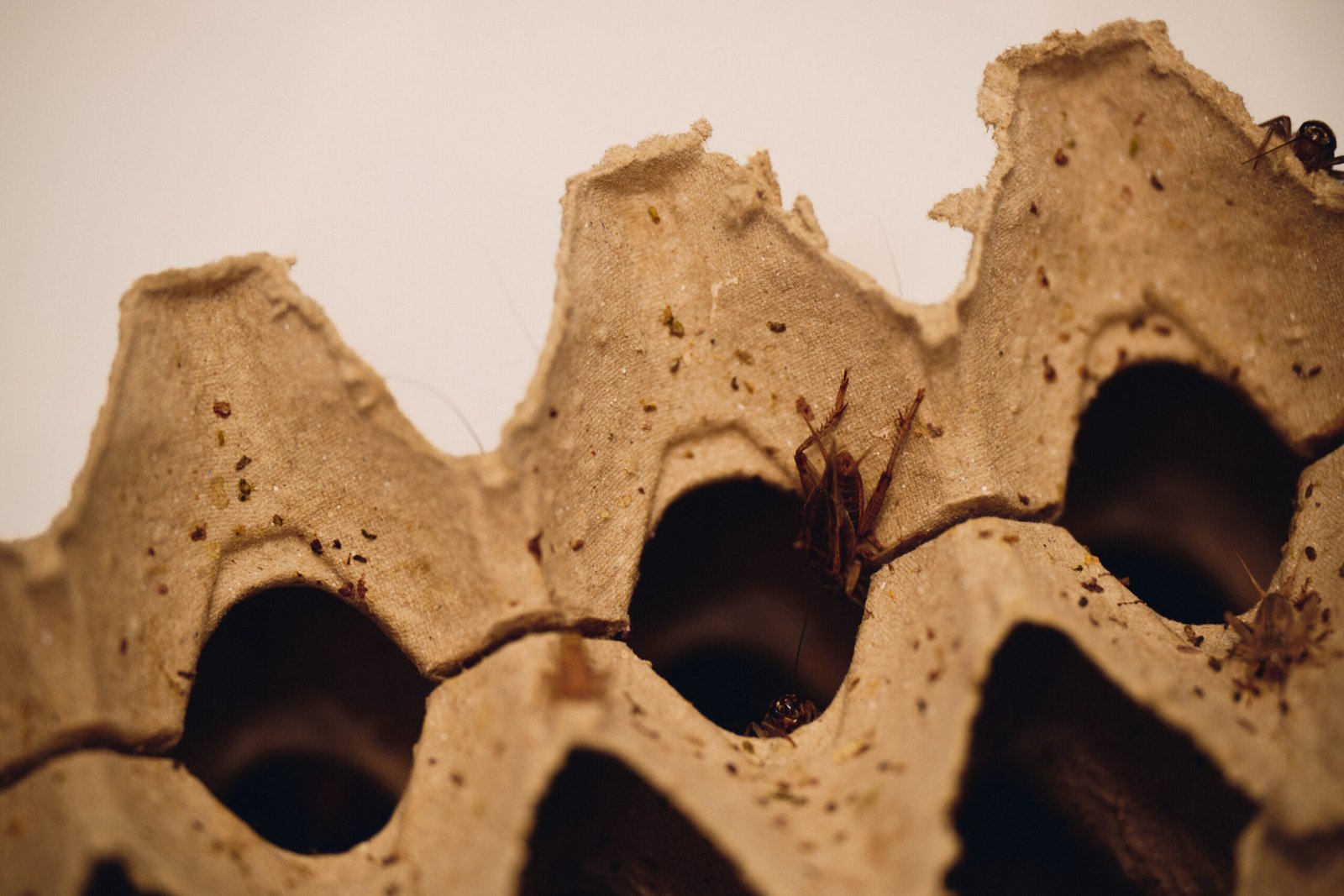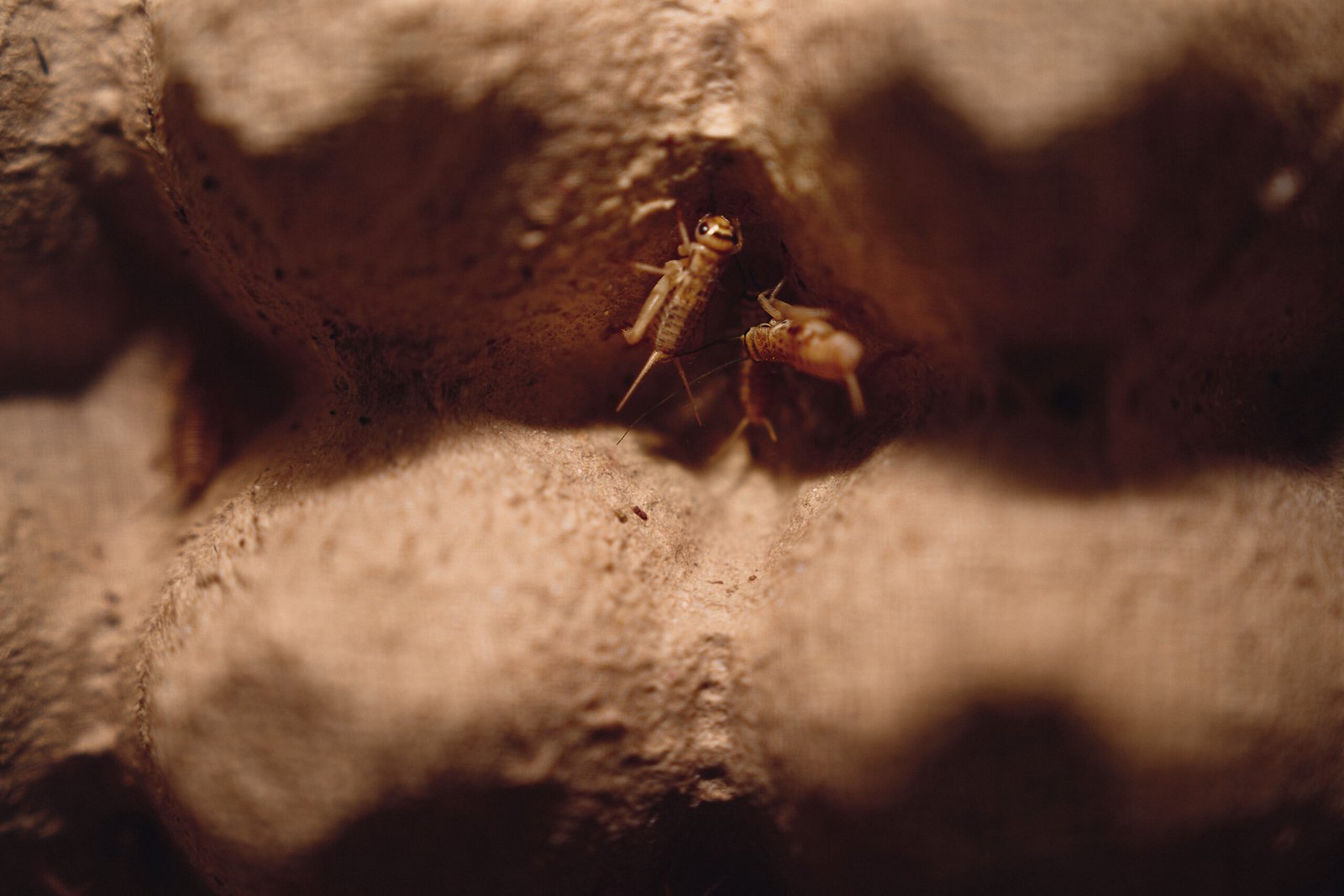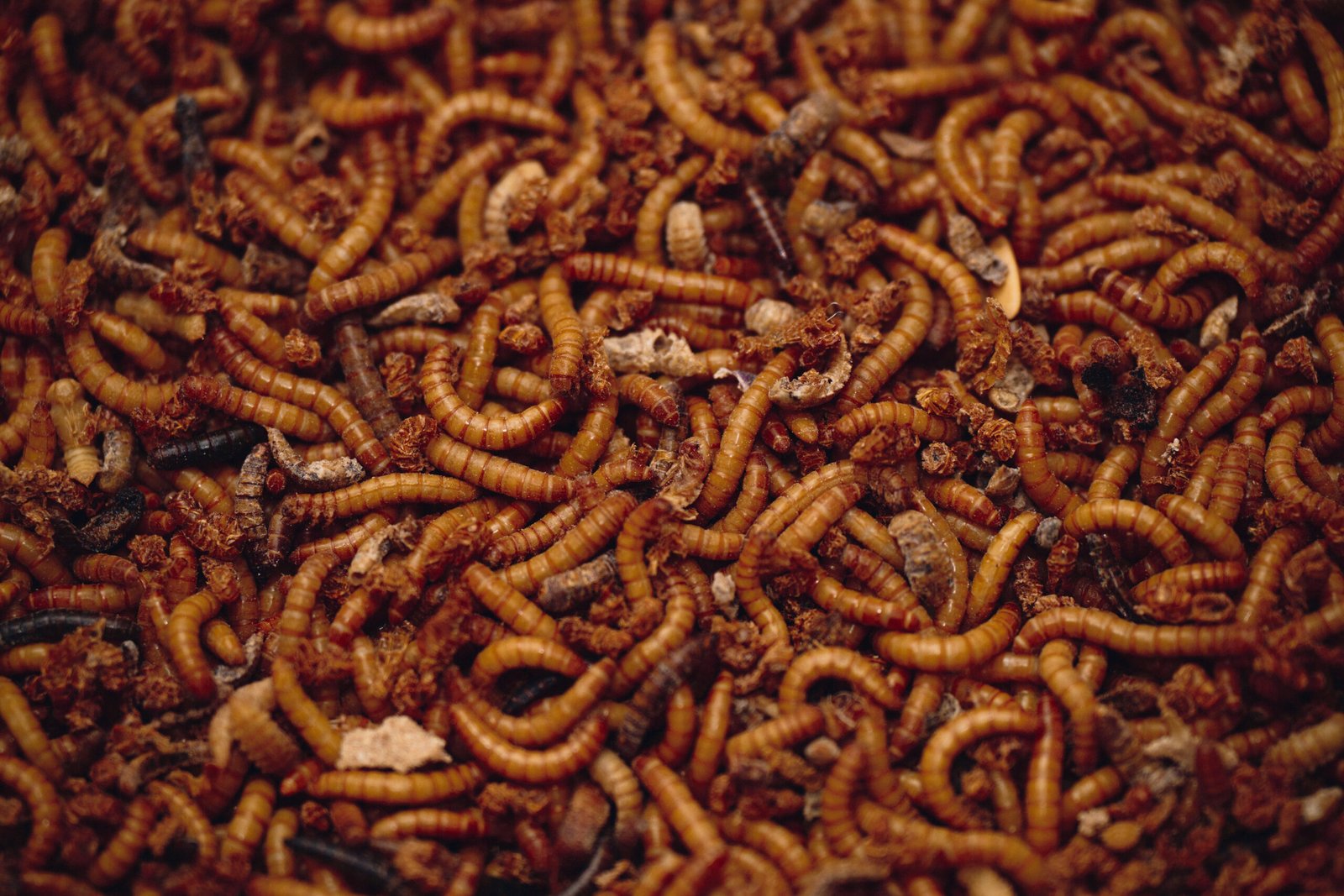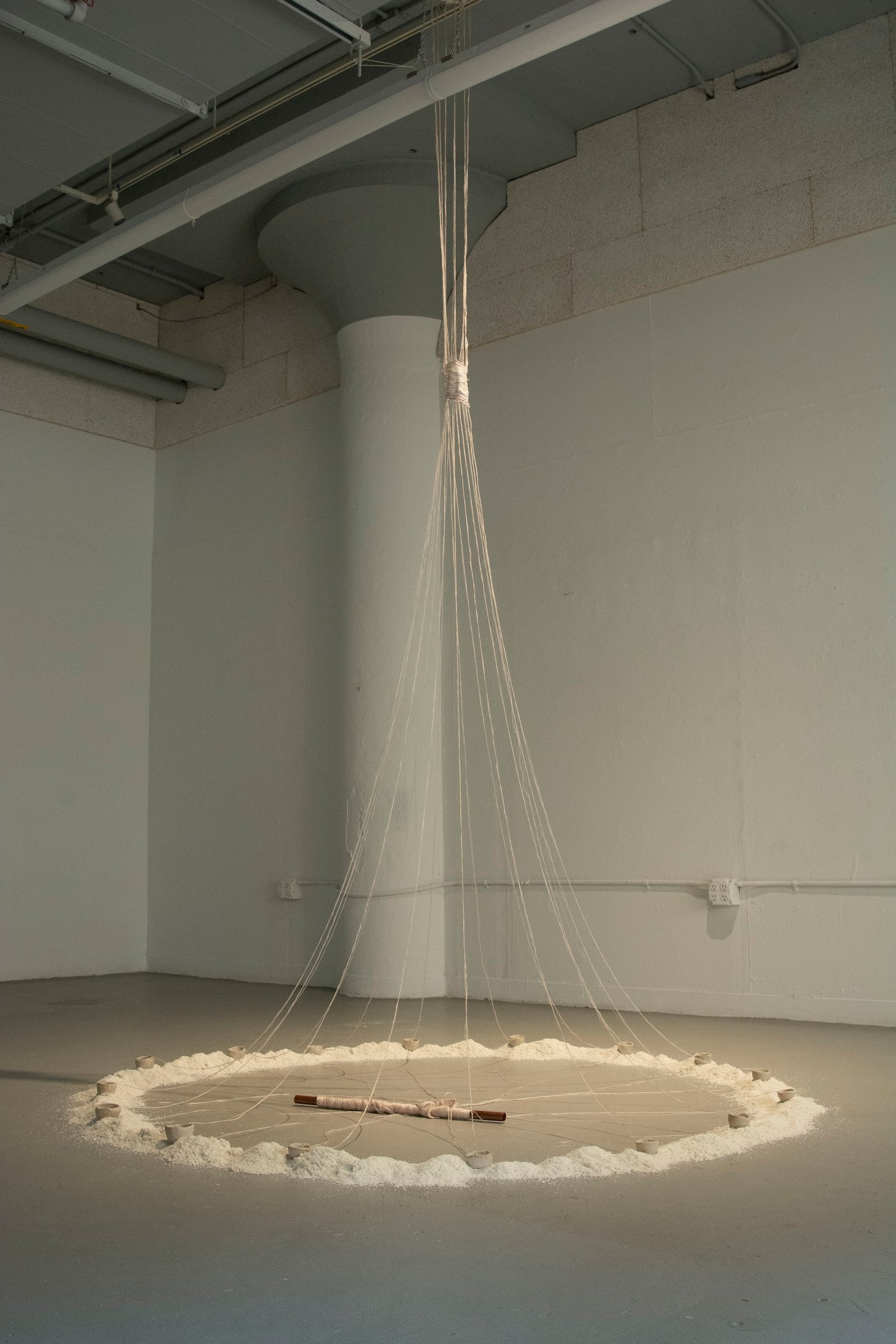We know factory farming isn’t great for the environment, in fact it’s shocking on paper, accounting for around 18 percent of Australia’s total climate pollution. So, why not just move to sustainable farming methods? When it comes to livestock, even sustainable farming is iffy, at the scale required to feed 10 billion people.
For perspective, nearly 80 percent of the world’s agricultural land is taken up by livestock, despite the resulting animal products accounting for only 17 percent of the calories we consume.
I eat meat, and my family also owns a small, sustainable cattle farm. But, I can see the limitations of traditional livestock farming as the global population grows because it just doesn’t scale sustainably. Cattle need a lot of water, produce a lot of greenhouse gas, and take up a fair bit of space.
Insects, though, take up next-to-no space and need very little in the way of resources. In other words, they consume less, but give us more.
This is an epiphany founders of Proxima Insects, former teachers Paul Redfern and Adam Bennion also had back in 2020, but they decided to do something about it which set them on an unusual and relatively untrodden path, as insect farmers.
“Insects can be so densely populated in such a small area, and dried crickets for example are 60 to 80 percent protein,” Adam explains, clearly very passionate. “Then take beef, which is like 20 to 30 percent protein and cattle take up a lot of space.”
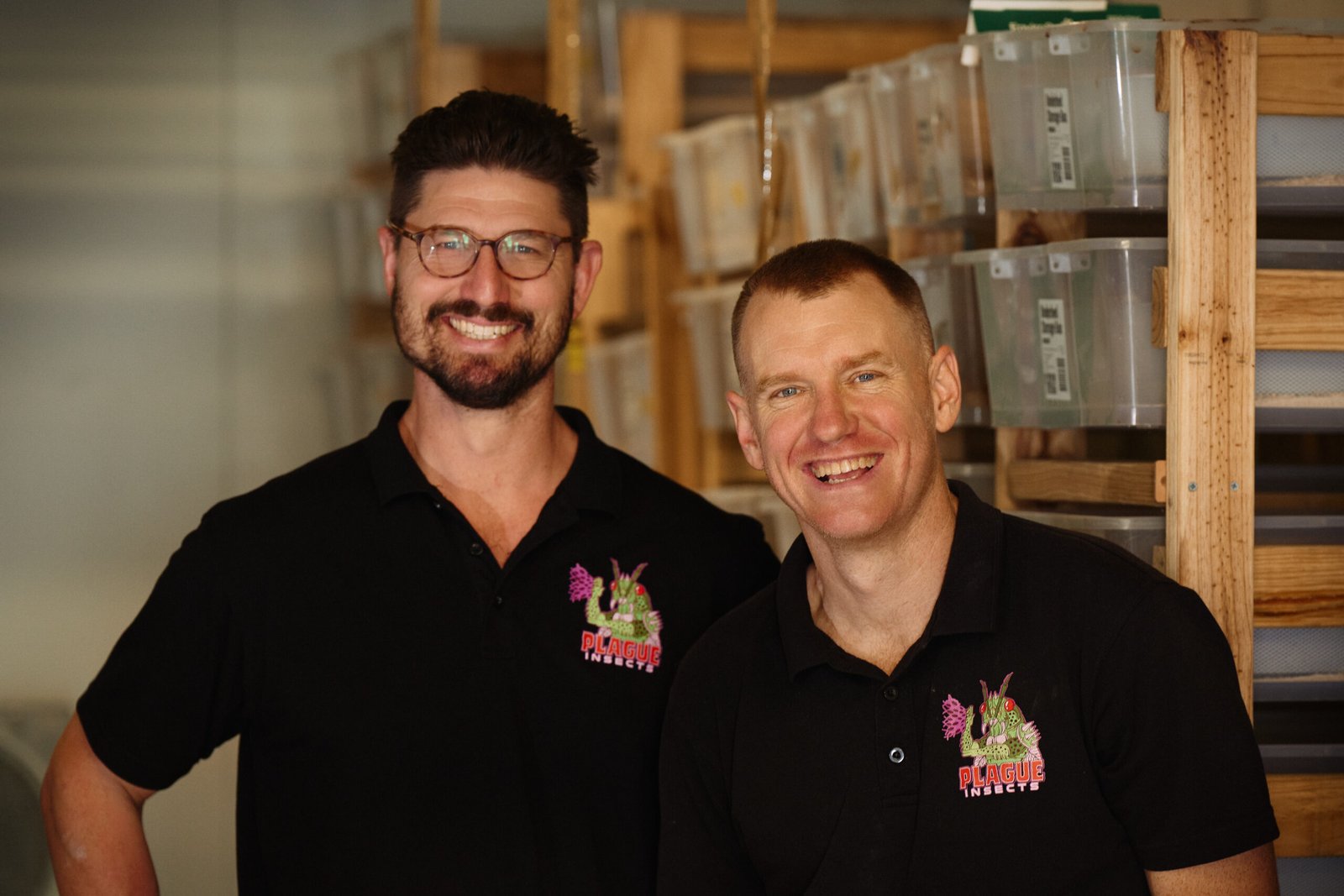
He does point out, though, that he’s not staunchly against traditional protein sources. He just thinks we’re too reliant on beef, pork and chicken.
“Don’t get me wrong, I still eat meat and I think it can be part of our diet,” he says, “but it can’t be the main source of protein into the future.”
The hum of crickets means Adam is shouting at me, as he shows me around his insect farm. It’s as if the crickets know we’re here, growing louder as we pass their enclosures. Behind us, Paul is scooping insect excrement from various tubs, before adding fresh wheat bran.
“You get used to the noise and the smell,” Paul tells me, without raising his head. Truthfully, neither is bad. The sound of crickets feels familiar, and the smell is earthy – sort of a cross between mowed grass and compost.
The hum of crickets means Adam is shouting at me, as he shows me around his insect farm. It’s as if the crickets know we’re here, growing louder as we pass their enclosures. Behind us, Paul is scooping insect excrement from various tubs, before adding fresh wheat bran.
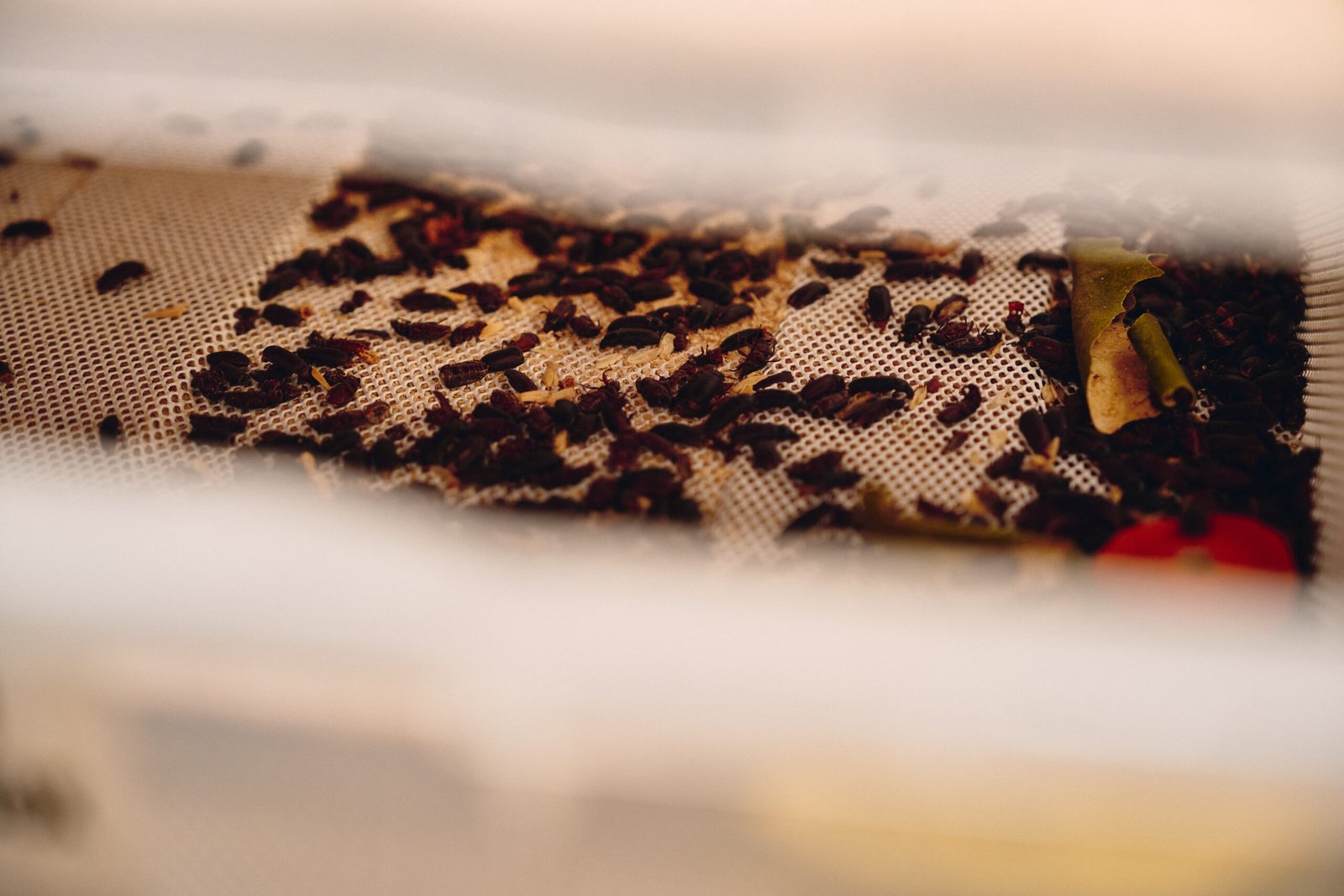
“You get used to the noise and the smell,” Paul tells me, without raising his head. Truthfully, neither is bad. The sound of crickets feels familiar, and the smell is earthy – sort of a cross between mowed grass and compost.
The two high-school teachers turned farmers don’t require 100-plus-acres of land, nor do they need fences or feedlots, because their whole operation fits within a 40-foot shipping container.
“I mean, you really don’t need much space and the process doesn’t take long at all,” Adam says, as we stand at one end of the small room.Each tub, of which there are dozens, can contain up to 5,000 insects, and crickets, for example, only take around 6-12 weeks to go from hatchling to fully-grown – so the annual output of only a small operation like this one can be significant.
“We can probably produce 10kg of insects a week, when it’s all running smoothly, but we’re still learning as we go,” says Paul. “Really, that’s probably our limit here, but it’s a fair bit when you consider how little time is spent actually looking after the insects…they don’t need much.”
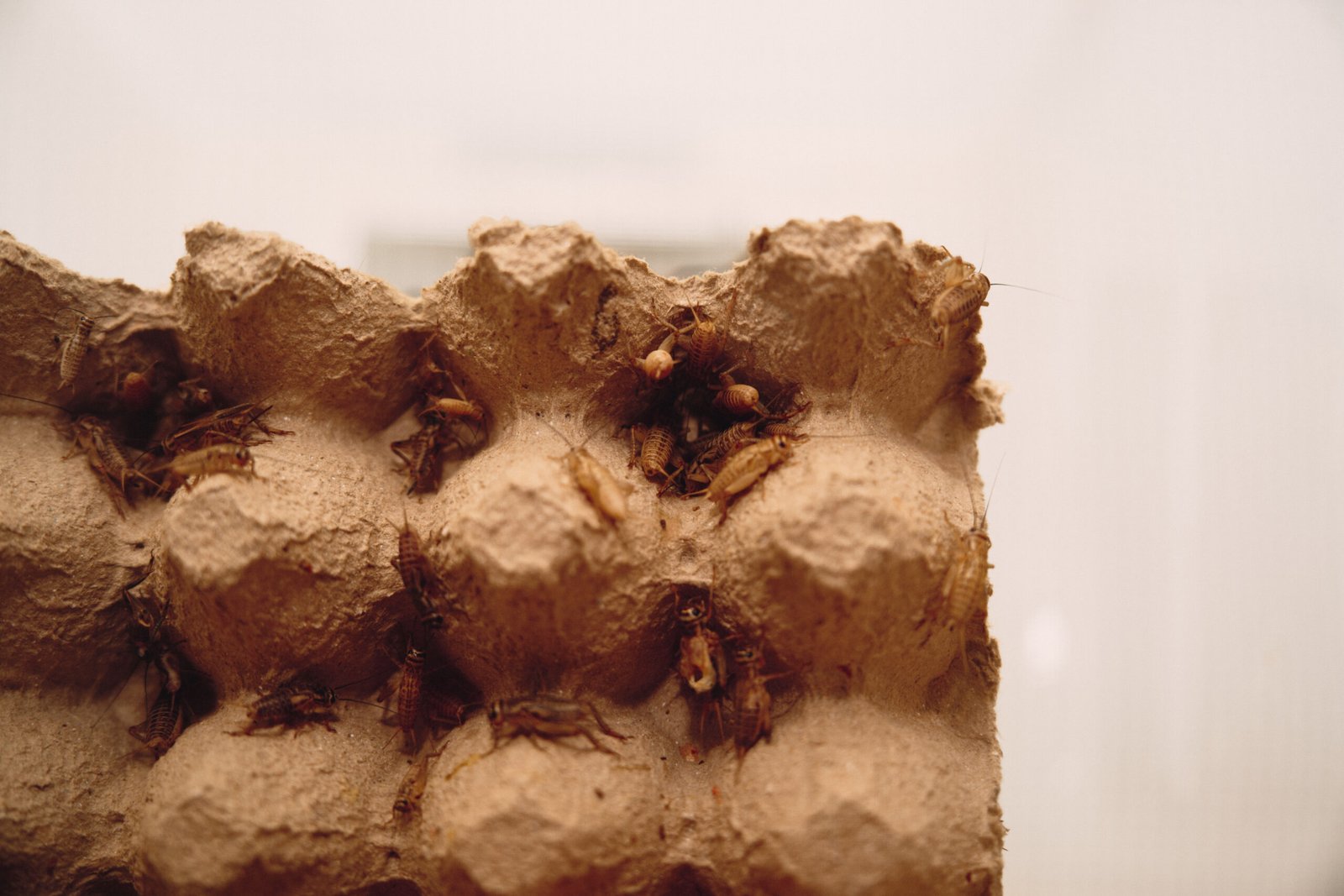
While the Proxima Insects operation primarily sells its crickets, mealworms and black soldier flies to pet supply stores, the bigger picture, as they scale their setup, is to produce food for people.
All I can picture when I hear this is roasted crickets, or mealworm mash, maybe maggot croutons. The insect food industry, however, has found myriad creative uses for crickets, mealworms, ants and flies, from cereal to gelato, corn chips and even milk alternatives. All are nutrient rich, high-protein solutions with a small carbon footprint. The only kicker is that you’ve got to come to terms with the fact you’re eating insects.
“It definitely takes a bit of recalibration, but we’re one of the only countries that doesn’t eat insects, to be honest,” Adam says, as he plunges his entire arm into a compost bin, in search of black soldier flies to show me.
He’s right, though. In Korea, ‘beondegi’, or silkworms, are a delicacy, enjoyed for their crunchy texture and nutty flavour, and right here in Australia, First Nations People have consumed witchetty grubs, bogong moths, and green tree ants for millennia.
In fact, according to the United Nations, at least two billion people eat insects as part of their diet, with more than 1,900 species known to be edible. We’re the outliers here.

